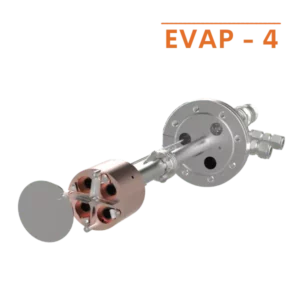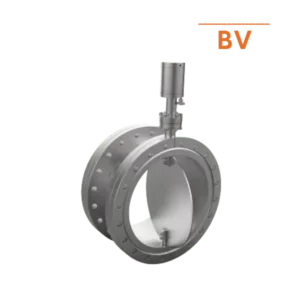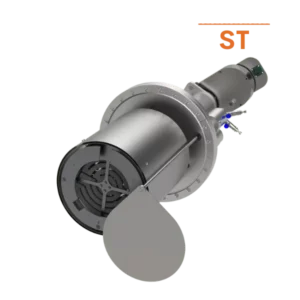Nanoparticle, Evaporation and Sputtering Sources
Physical techniques such as sputtering and evaporation (organic or inorganic) are commonly used in Physical Vapor Deposition (PVD). PVD is a high-purity vacuum deposition technique extensively used in the manufacturing industry to enhance the surface properties of materials. These physical techniques generate a vapor of material, which is carried to the substrate at low gas pressure. Upon contact with the substrate, the vapor condenses to form a thin film. In the case of nanoparticles, metal vapor generated by sputtering condenses into nanoparticles in the gas phase before reaching the substrate. Nikalyte PVD systems can be used for thin-films, nanoparticles, multilayer stacks, composites etc. to grow unique functional materials.
PVD Nanoparticle Source
- Precise size and density control
- Sub-monolayer to 3D nanocoatings
- Compatible with PVD thin-film deposition sources
- Pure and alloy nanoparticles
Quadrupole Mass Spectrometer
- Precise size control (1–20 nm)
- +/- 2% ultimate particle size resolution
- Deflection plates for beam steering
- 100-106 amu mass range
Magnetron Sputtering Sources
- Bakeable to 250°C without removing magnets
- Excellent target utilization (up to 40%)
- Compatible with DC, RF, Pulsed DC, and HiPIMS
- Type 1, Type 2, balanced and strong magnets
Mini E-Beam Source
- Mini e-beam evaporator with co-evaporation
- Low heat load from cooled pocket enclosure
- Single-phase controlled co-evaporation
- Ideal for depositing contacts for lithography
Triple Target Sputter Source
- Three 1-inch targets with independent control
- Bakeable to 250°C without removing magnets
- Customizable in-vacuum length
- Compatible with DC, RF Pulsed DC, and HiPIMS.
RF Atom Source
- Ion-free, UHV-compatible, bakeable up to 250°C.
- Ideal for epitaxial growth of nitrides and oxides
- Features plasma emission monitoring
Compatible with PLD and sputtering
Thermal Boat Source
- 1-4 pockets
- Heating up to 2250°C
- Bakeable up to 250°C
- Fully UHV Compatible
Thermal Gas Cracker
- Ion free atomic species
- >70% gas dissociation
- Operatable with pressure below 5×10-4 torr
- Low power operation
Baffel Valve
- Pressure Control for sputtering process control.
- Manual or automated control
- Micro-meter display for positioning
- CF150 UHV bakeable flange
Substrate Table
- Rotation for improving uniformity
- Heating up to 800°C
- 2″ or 4″ substrates with custom holders
- rf/dc biasing for plasma cleaning and acceleration










